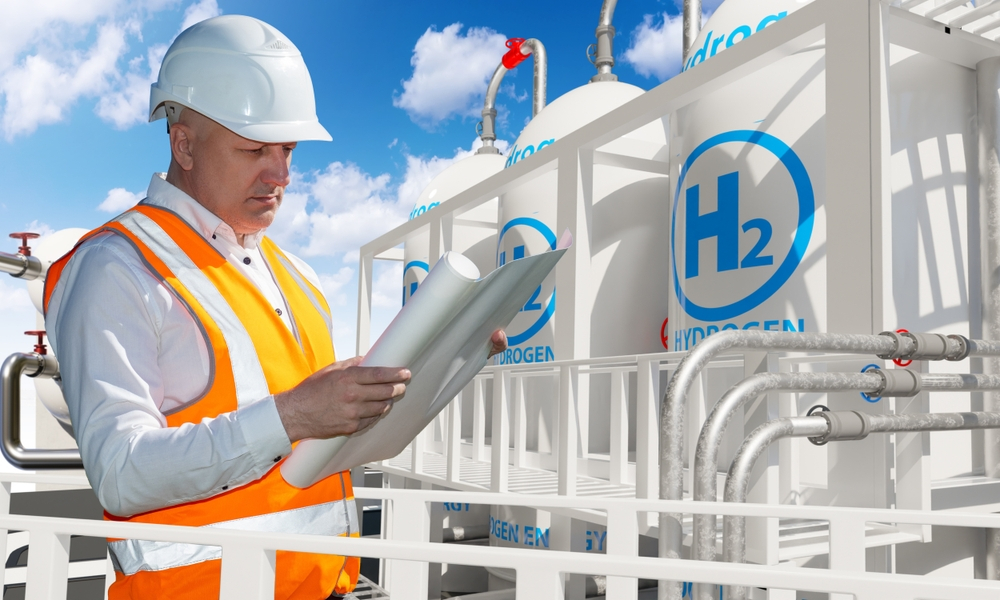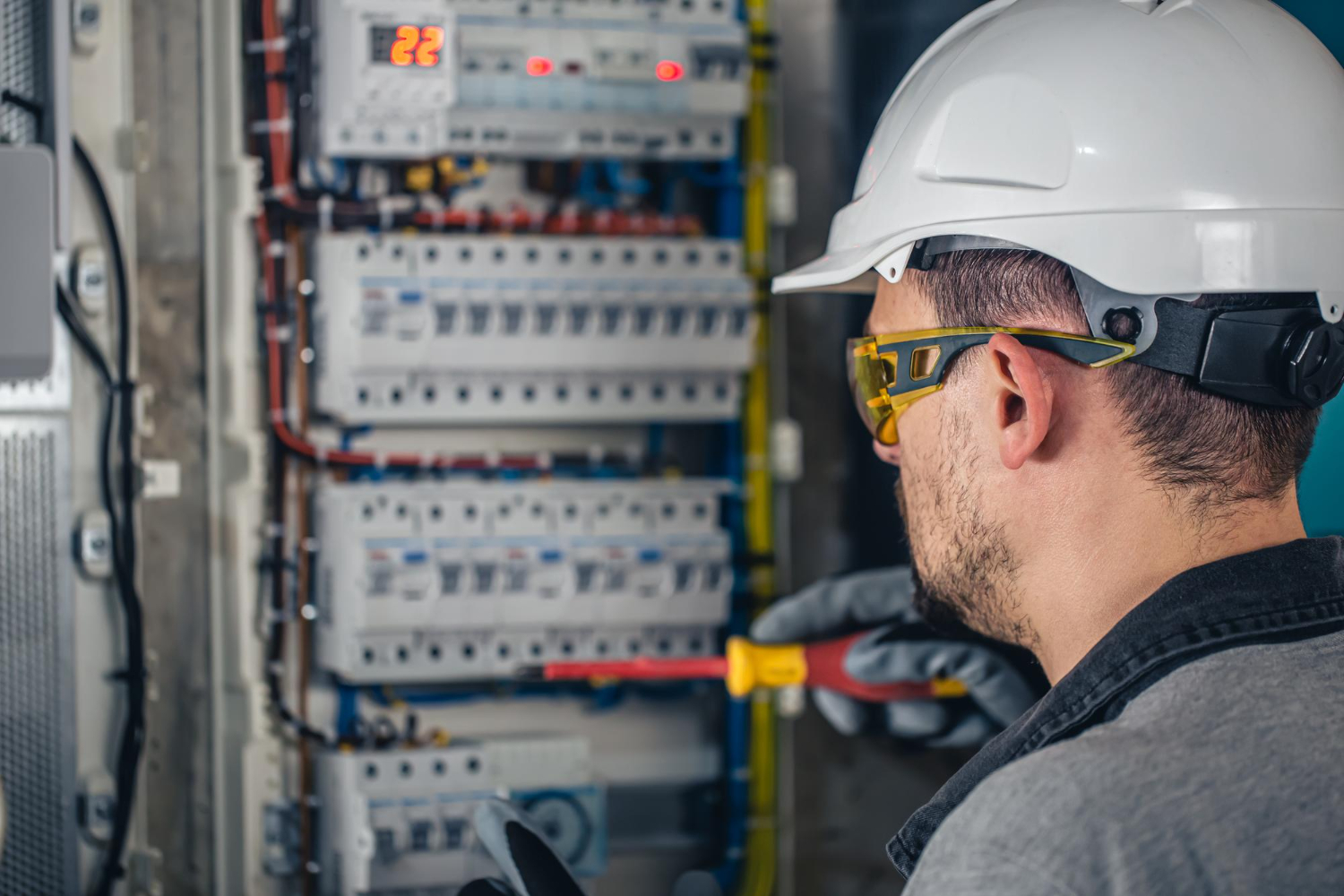See This Report about Roar Solutions
See This Report about Roar Solutions
Blog Article
Things about Roar Solutions
Table of ContentsThe Best Guide To Roar SolutionsNot known Incorrect Statements About Roar Solutions Getting The Roar Solutions To Work
In such an atmosphere a fire or explosion is possible when three basic conditions are met. This is usually described as the "dangerous area" or "combustion" triangular. In order to safeguard installations from a prospective explosion a technique of evaluating and identifying a possibly harmful area is required. The objective of this is to make sure the correct option and installment of tools to inevitably prevent an explosion and to make sure security of life.
(https://hub.docker.com/u/roarsolutions?_gl=1*1e9kzbw*_ga*ODg4MTc2NDIuMTczMzIyNDYzMg..*_ga_XJWPQMJYHQ*MTczMzIyNDYzMS4xLjEuMTczMzIyNDg4MS4yOS4wLjA.)
No equipment needs to be mounted where the surface temperature of the devices is greater than the ignition temperature level of the provided danger. Below are some common dust dangerous and their minimal ignition temperature level. Coal Dirt 380C 225C Polythene 420C (melts) Methyl Cellulose 420C 320C Starch 460C 435C Flour 490C 340C Sugar 490C 460C Grain Dirt 510C 300C Phenolic Resin 530C > 450C Aluminium 590C > 450C PVC 700C > 450C Soot 810C 570C The possibility of the risk existing in a concentration high adequate to trigger an ignition will vary from area to location.
In order to identify this threat an installation is split right into locations of threat depending upon the amount of time the hazardous is existing. These locations are described as Areas. For gases and vapours and dusts and fibres there are three areas. Area 0 Zone 20 An unsafe environment is very likely to be present and might exist for long durations of time (> 1000 hours per year) and even continually Area 1 Area 21 A harmful environment is possible however unlikely to be existing for long durations of time (> 10 450 C [842 F] A category of T6 suggests the minimal ignition temperature level is > 85 C [185 F] Unsafe location electrical equipment possibly made for use in greater ambient temperature levels. This would certainly showed on the ranking plate e.g. EExe II C T3 Ta + 60C( This indicates at 60C ambient T3 will certainly not be gone beyond) T1 T1, T2, T3, T4, T5, T6 T2 T2, T3, T4, T5, T6 T3 T3, T4, T5, T6 T4 T4, T5, T6 T5 T5, T6 T6 T6 A T Class ranking of T1 suggests the optimum surface area temperature generated by the tool at 40 C is 450 C. Assuming the associated T Class and Temperature level rating for the equipment are proper for the location, you can always utilize an instrument with a more rigid Department ranking than required for the location. There isn't a clear answer to this concern however. It truly does rely on the kind of devices and what fixings require to be brought out. Devices with particular test procedures that can not be carried out in the area in order to achieve/maintain 3rd party rating. Should return to the manufacturing facility if it is prior to the equipment's solution. Area Fixing By Authorised Worker: Difficult screening may not be needed nevertheless particular procedures may require to be complied with in order for the tools to maintain its 3rd party ranking. Authorized workers should be utilized to execute the work appropriately Repair should be a like for like substitute. New component should be considered as a direct replacement requiring no special testing of the equipment after the repair service is complete. Each piece of equipment with a harmful rating ought to be assessed individually. These are detailed at a high degree below, but also for more comprehensive info, please refer directly to the guidelines.
Excitement About Roar Solutions
The equipment register is an extensive database of tools records that includes a minimum collection of fields to recognize each item's location, technological specifications, Ex-spouse category, age, and ecological information. The proportion of Thorough to Close assessments will certainly be figured out by the Devices Threat, which is examined based on ignition threat (the likelihood of a source of view it now ignition versus the likelihood of a flammable atmosphere )and the unsafe location category
( Zone 0, 1, or 2). Implementing a robust Risk-Based Inspection( RBI )method is vital for making certain compliance and safety in handling Electrical Devices in Hazardous Locations( EEHA).
Getting My Roar Solutions To Work

In regards to explosive threat, a dangerous area is an environment in which an explosive atmosphere exists (or may be anticipated to be present) in quantities that require special safety measures for the building, setup and use tools. electrical refresher course. In this article we check out the challenges encountered in the office, the risk control steps, and the called for expertises to work safely
It issues of contemporary life that we make, save or handle a series of gases or liquids that are deemed combustible, and an array of dirts that are regarded combustible. These materials can, in particular conditions, form explosive environments and these can have significant and awful effects. Many of us recognize with the fire triangle eliminate any kind of among the 3 aspects and the fire can not take place, however what does this mean in the context of unsafe areas? When breaking this down right into its easiest terms it is basically: a mix of a certain amount of release or leak of a particular substance or material, blending with ambient oxygen, and the existence of a source of ignition.
In many instances, we can do little about the degrees of oxygen airborne, yet we can have substantial impact on resources of ignition, for instance electrical devices. Dangerous areas are recorded on the hazardous area classification drawing and are identified on-site by the triangular "EX-SPOUSE" indicator. Here, among other key details, areas are divided right into three kinds relying on the risk, the possibility and period that an eruptive environment will exist; Zone 0 or 20 is deemed the most dangerous and Area 2 or 22 is deemed the least.
Report this page